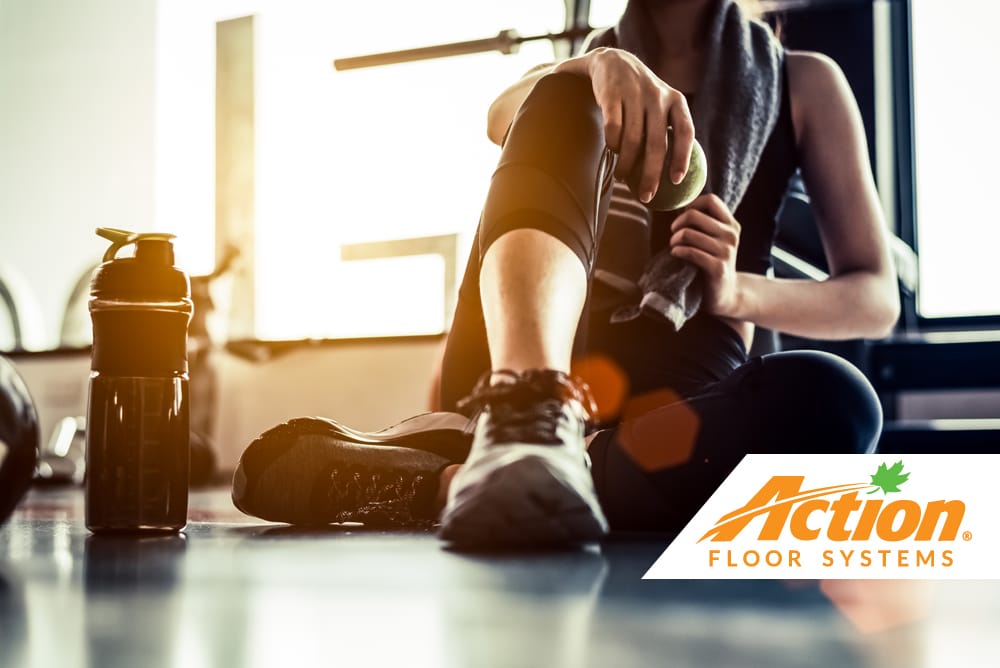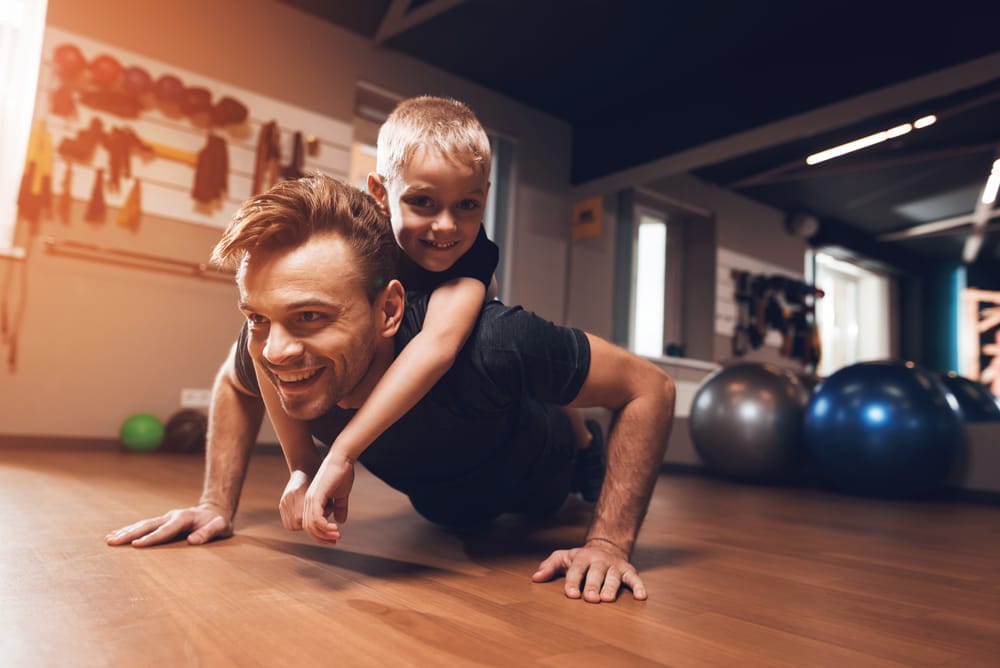 The global health and wellness industry was estimated to reach $4.75 trillion in 2019, which suggests millions of people are taking their health seriously and participating in activities to help them achieve their fitness goals. For substantial health benefits, the U.S. Department of Health & Human Services recommends:
The global health and wellness industry was estimated to reach $4.75 trillion in 2019, which suggests millions of people are taking their health seriously and participating in activities to help them achieve their fitness goals. For substantial health benefits, the U.S. Department of Health & Human Services recommends:
“adults should do at least 150 minutes (2 hours and 30 minutes) to 300 minutes (5 hours) a week of moderate-intensity, or 75 minutes (1 hour and 15 minutes) to 150 minutes (2 hours and 30 minutes) a week of vigorous-intensity aerobic physical activity, or an equivalent combination of moderate- and vigorous-intensity aerobic activity. Preferably, aerobic activity should be spread throughout the week. Additional health benefits are gained by engaging in physical activity beyond the equivalent of 300 minutes (5 hours) of moderate-intensity physical activity a week.”
Flooring is the base of every physical activity
Whether running, playing basketball, tennis, or other sports as part of a healthy exercise routine, every participant uses a floor. Most people think about the activity they’re doing and how it might improve their health, but do they consider the flooring it takes place on?
Physical exercise gets your heart moving and muscles strengthened, but there are other effects these activities can have on your health. Let’s explore how flooring can impact overall wellbeing from your joints to injury prevention.
Bouncing back to better health: shock absorption and vertical deformation
When it comes to sports flooring, it’s crucial to understand how the floor will be utilized and to ensure the right materials or system are used along with proper installation methods.
Designing an ideal exercise area requires quality sports flooring with:
- Adequate shock absorption: To help protect our bodies, joints, cartilage, ligaments, and tendons, it’s important to make sure your floor and subfloor have the right amount of give. An athletic floor can reduce the impact force felt through your body via a foot impact during an athletic activity.
- Proper vertical deformation: Not enough vertical deformation could lead to an increase in acute injuries, but too much may impede performance and decrease stability. An athletic floor’s vertical deformation is the measurement it deflects/compresses under your foot’s impact during an athletic activity.
The nitty gritty: shock absorption
Sports flooring performance standards provide general performance, uniformity, and playability information to architects, specifiers, and consumers. North American standards were established by ASTM International (formerly known as American Society for Testing and Materials) and MFMA PUR (Maple Flooring Manufacturers Association Performance and Uniformity Rating).
World Athletics (formerly known as the International Amateur Athletic Federation and International Association of Athletics Federations) is the international governing body for athletics, covering track and field, cross country running, road running, racewalking, mountain running, and ultrarunning.
These are their minimum standards for different types of sports floors:
- ASTM maple sports flooring: 58% minimum average shock absorption
- ASTM synthetic sports flooring: 22-45% minimum average shock absorption
- MFMA PUR maple sports flooring: basketball – 50%, aerobics – 65%, and dance, portable, volleyball, squash, racquetball, and handball – 55% minimum average shock absorption and a uniformity of +/- 5%
- World Athletics maple and synthetic flooring: 35% minimum average shock absorption
These performance standards identify the optimal performance levels that are essential for each activity, helping athletes perform to the best of their abilities. For instance, playing basketball on an aerobics floor will affect the performance of the athlete. The increased shock absorption can lead to fatigue much quicker than playing on a floor where the ideal shock absorption is designed for basketball. The opposite is true if you are doing aerobics on a portable floor system. The reduced shock absorption could lead the aerobics instructor to end the class early from soreness in the knees and ankles.
Shock absorption and uniformity are the key factors for a floor’s performance. A flooring system is only as good as its functionality and how it supports health and wellness for each particular use.

Playing it safe: traction
Having the right give and the right traction can help users achieve peak performance and help prevent injuries like slipping from poor traction, or falling due to its level of give. Standards indicate compliant surfaces will have a sliding coefficient value between 80 to 110. The right floor should be in place according to the activity it will be used for. For instance, quality maple or synthetic floors have the right amount of give and traction for a variety of sports, while recycled rubber flooring provides ideal traction and support for a weight room.
Maintenance is key
Properly maintaining a sports floor after it’s installed is also an important step in helping users avoid slips and falls. Based on the sports floor you have installed, an experienced contractor will provide you instructions on how to maintain your floor, for safety, and to extend the life and quality of the floor for many years.
Flexible options
Determining the appropriate flooring system for its intended use is important for a variety of reasons. The right level of shock absorption, durability, and traction need to align with particular types and levels of use. An experienced sports floor contractor can advise the best type of flooring system based on the intended use as well as the environment and geographical region, which are also factors that need to be taken into consideration when choosing the best floor system.
Whether resurfacing, replacing, or installing new solid maple sports floor systems, synthetic surfaces, or recycled rubber, Action Floors provides sports flooring systems optimized for the health and wellness of their users. To learn more about the right floor for your project, contact us today. We have your wellness in mind, too.


















